Why Türkiye and Cambodia Must Build a Strategic Partnership in Farming
Why Türkiye and Cambodia Must Build a Strategic Partnership in Farming
By Mehmet Enes Beşer
As the world’s food system is being increasingly stretched to the breaking point by climate change, geopolitical rivalry, and resource scarcity, agricultural cooperation is no longer a humanitarian policy agenda—now it’s a national security and regional stability issue. For Türkiye and Cambodia, both equally dependent on the health of their respective river basins—the Fırat (Euphrates) and the Mekong—there exists a potential to establish a partnership on the basis of common environmental conditions and strategic agricultural requirements. A Fırat–Mekong cooperative approach, centered on sustainable agriculture, water stewardship, and food technology, could form the foundation for a win-win and visionary cooperation between Türkiye and Cambodia.
Geographically and economically, the two countries might conceivably be worlds apart from one another. Türkiye, a G20 nation straddling Europe and Asia, has a moderately diversified economy with a highly developed agri-tech sector. Cambodia, in the process of rural-to-industrial economy transformation, remains heavily reliant on rice farming, fishing, and subsistence agriculture. But that is exactly why the alliance is interesting. Türkiye brings technological capacity, institutional know-how, and access to markets; Cambodia brings arable land, youthful labor, and growing demand for modernization of its rural economies. Power in complementariness is superior to similarity in agricultural diplomacy.
The Fırat and the Mekong River basins expose the nuanced dance of geopolitics, agriculture, and water. Türkiye’s Fırat has been the economic engine of the south-eastern Anatolian region for decades, most notably with the GAP (Southeastern Anatolia Project), irrigating dry land to create verdant agricultural lands. Cambodia also depends on the cycles of the Mekong, floodplain agriculture providing livelihoods to millions. The two rivers now face survival, however—damming, climatic anomalies associated with climate change, and pressure from the north are altering hydrological regimes and constraining food regimes. Ankara and Phnom Penh should have a joint discussion about climate-smart agriculture, transboundary river management, and water management for sustainable purposes and it would be proper and history-making.
Agricultural potential in Türkiye lies in mechanization, seed research, irrigation management, and agro-processing. Turkish businesses and research centers innovated low-cost drip irrigation systems, salt-resistant crops, and semi-arid as well as river-based climate-resilient greenhouses. They can be made to implement in Cambodian flood- and drought-susceptible plains where supportive tools must be extended to be more resilient, as well as increase production. Apart from mutual trade, Türkiye can establish demonstration agro-parks or practice centers in Cambodia on the grounds of good experience that it gained in Africa as well as in Central Asia.
While a good test-case for more sustainable agriculture, Cambodia is ambitious with intentions to expand rice exports, diversify crop-base, and attract agro-industry investment. Phnom Penh would rather have partners who can deliver as much innovation as respect for sovereignty. Whereas other developed countries forge such relationships on colonial background or hegemonic interest, Türkiye comes into the picture because it has a nation’s pride of mechanizing its agriculture through tradition and technology adaptation. Well-managed Turkish aid can help Cambodia escape harmful effects of industrial farming and emerge with a farmer-centered value-added model of farm production.
The second field that has enormous potential for growth is halal-approved agriculture. As a global leader in the production and certification of halal food, Türkiye would enable Cambodian farmers to reach a high-value market not only in Muslim nations but also the expanding international consumer market that cares about food safety and ethically produced food. Halal standards, marking, and export value chains together would make Cambodian farm products—especially rice, fruits, and aquaculture—popular across the world. It is also a path for Türkiye to enlarge its own markets for the sale of its exports as well as its sway in ASEAN and worldwide.
Bilateral cooperation in agricultural training and education is also significant. University linkages, farmer to farmer exchange, and vocational training in agro-processing, veterinary services, and eco-friendly aquaculture can build long-term connections between the two countries’ rural communities. Such people-to-people interaction will base the relationship beyond diplomatic interactions and trade statistics, with growing trust and cross-expertise at the grassroots.
Interestingly, the Fırat–Mekong agro initiative can be located within upper schemata such as South–South Cooperation and ASEAN–Türkiye dialogue forums. Since both Cambodia and Türkiye have diversified diplomatic and economic relations over traditional bloc identities, one politically disconnected but strategically significant area of cooperation is agriculture. Compared with defense or energy, it allows for fraternity without fulfilling artificial requirements. It is connected to the past, present, and future—is planted in the soil, yet linked to worldwide issues such as food security, climate change, and rural migration.
Among all the geopolitics and trade-corridor hysteria, sometimes the greatest alliances are the ones that start on the land—the seeds that fill houses, the water that nourishes existence, and the expertise shared among farmers. It would not be a Fırat–Mekong agricultural agreement between Cambodia and Türkiye based on access to markets or tech transfer. It would be one of mutual exploration and mutual experiment in an uncertain world.
Such an alliance would enable Türkiye to increase its presence in Southeast Asia through one positive and non-coercive means and enable Cambodia to mechanize its agriculture without sacrificing its sovereignty or embracing extractive development models. The symbolism of two ancient river civilizations working together to build a sustainable food future might inspire further cross-regional collaboration, reminding the world that connectivity is not just about highways and ports—but seeds, water, and the shared quest for sustenance.
With a century of environmental devastation, population change, and divided global leadership behind us, the most enduring way of strategic engagement is agricultural diplomacy. Türkiye and Cambodia, bound together by water and hunger, are the ideal pair to seize the moment to lead from the front—to turn fields into foundations for a relationship that feeds not only people, but the potential for what South–South cooperation can provide.







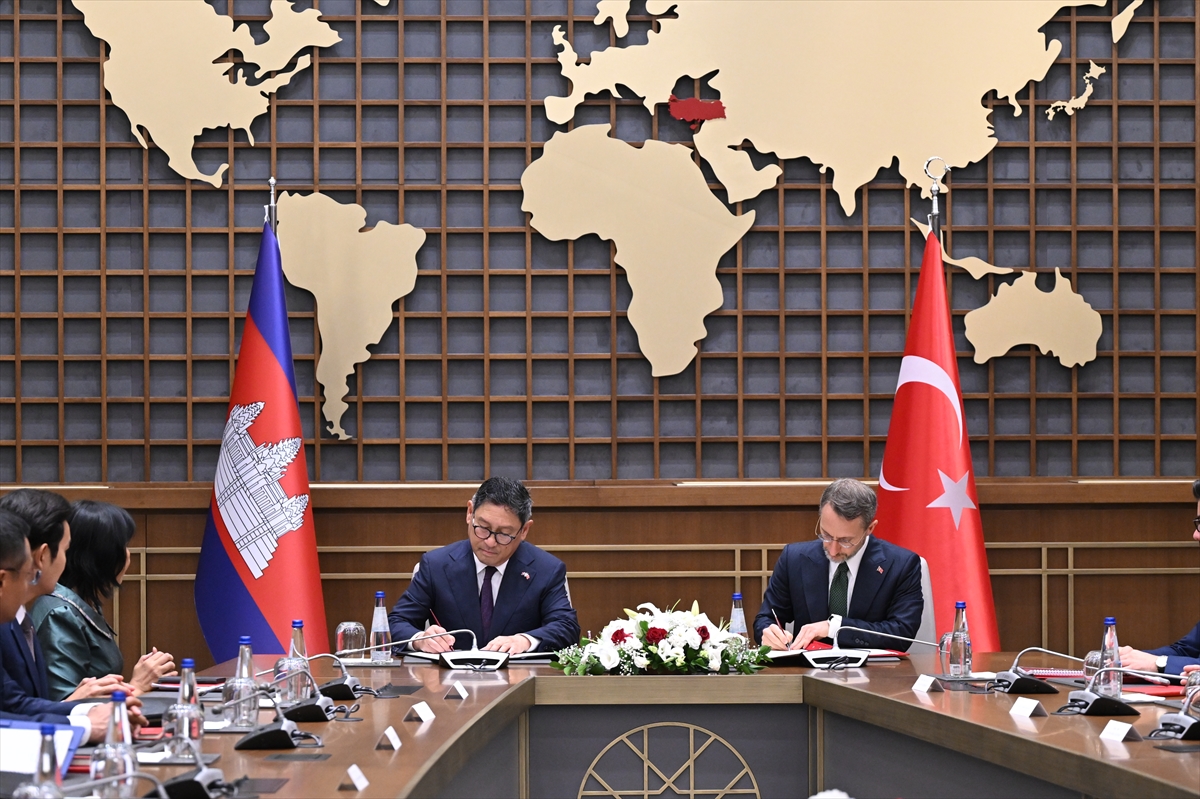


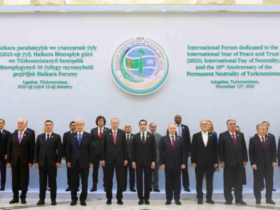

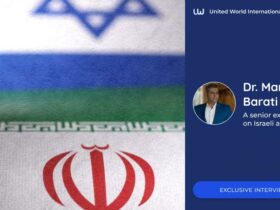
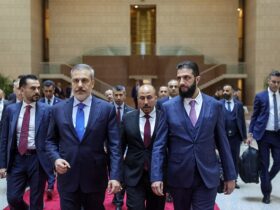
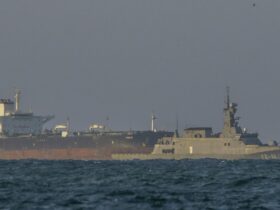
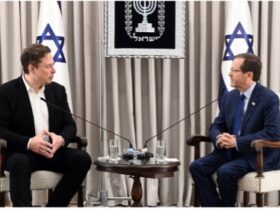
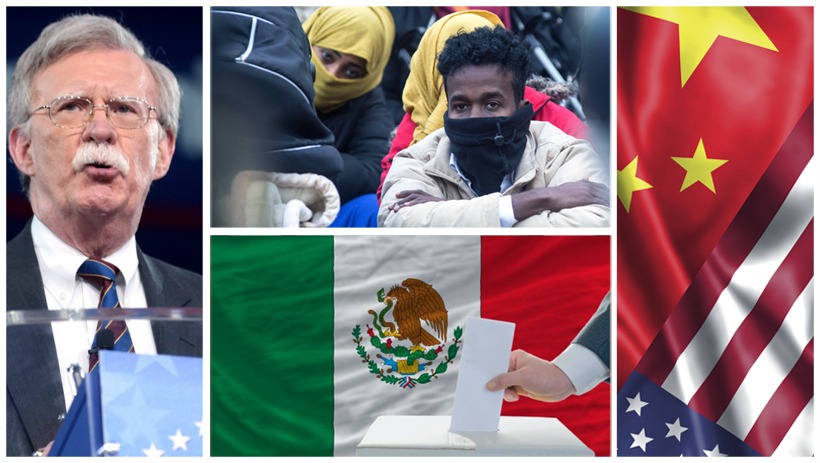
Leave a Reply